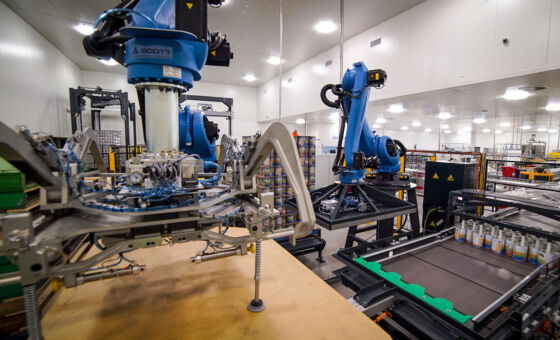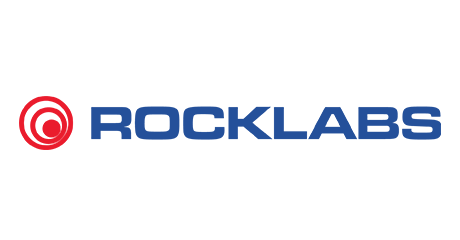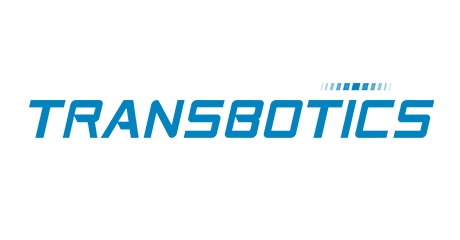Select your region / language
Growing Trends in Robotics and Automation
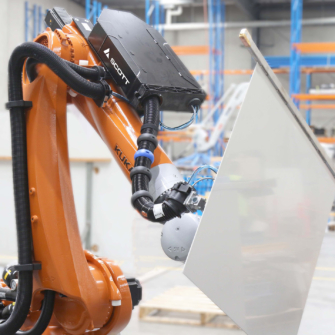
There has been an increasing push towards automation, accelerated by the global pandemic. This global push has resulted in a shift towards robotic automation becoming more accessible and increasing utilisation within industries that had otherwise not previously considered automation. While the traditional fear of robots taking workers jobs remains, it is alleviated by the introduction of collaborative robots working alongside their human counterparts. This has been proven to help open additional training opportunities and to free up highly skilled workers, allowing them to focus on complex tasks like reasoning, decision-making, troubleshooting, and problem solving.

Collaborative Robots take center stage
Game changers for smaller manufacturers, Collaborative Robots (cobots) foster a harmonious partnership between humans and machines, vastly improving the safety and efficiency of workers. In recent years, they have steadily become affordable and flexible enough, that they are more appealing than ever for manufacturers, and with labour shortages becoming a growing issue for a lot of industries, there is a growing demand for automation in all businesses sizes.
Designed to reduce the risk of strenuous and repetitive tasks, it is believed that the use of industrial robots in factories has doubled over the past five years globally, with cobots accounting for around a third of those sales. This is expected to grow even further in the next five years as programming and technology advances even further, and with cobots offering automation that can be installed and programmed by users, it is believed that this will continue to be a major draw to the product.
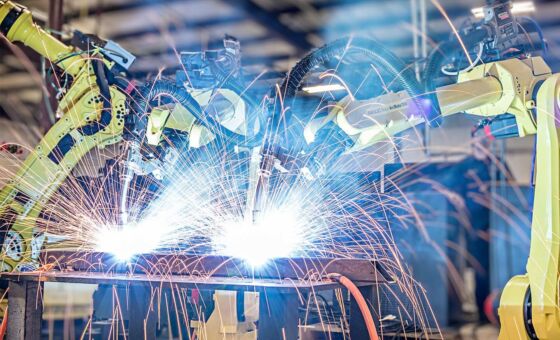
Wider Adoption Across Industries
The pandemic has caused a lot of changes across multiple industries and processes over the last couple of years, and with a particular drive from consumers wanting personalised products, industries have started to adapt and adopt new processes. This, combined with the current labour shortage, has driven many industries to start looking at robotic automation to improve safety, output, and efficiency for their businesses.
With reduced barriers for implementing robotics, such as robots becoming more accessible, and their growing capability to work alongside people, robotics and automation is expanding into new environments, such as construction, healthcare laboratories, restaurants, and retail. The ability to work 24/7, improved safety, especially from menial and repetitive tasks, and reduced long term costs are all key factors in businesses adopting robots.
It is expected that, as the need for robotics grows, engineers and other staff will have to be retrained, putting a higher demand on schools, colleges, and universities to provide the skills needed to program, operate, and maintain robots for an automated future.
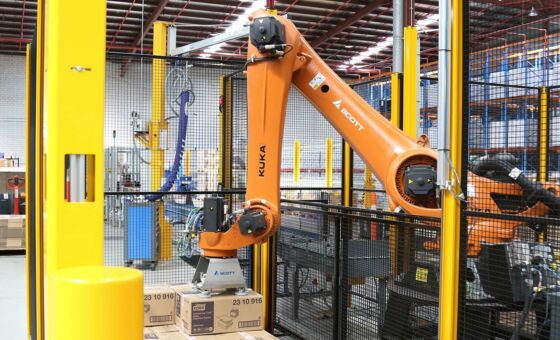
Robots Become Easier to Use
The pandemic, a push for earlier learning, and more robots being adopted into various industries has led a drive for robots to be easier to use. There is a current drive in icon based programming and manual guidance of robots, with some robotic companies partnering with third-party suppliers to be able to bundle hardware for an easier implementation. This helps create a lower learning curve for workers and helps to further lower the barriers to robotic automation. Cobots especially can typically be moved around the production area, and potentially used in multiple production processes meaning companies producing many product variations or different products with a high mix and low volume can benefit from automation thanks to this flexibility and rapid reconfiguration.
If you are considering automation or interested in learning more, you can read our whitepaper: The Impact of Automation on Manufacturing or check out our other articles such as:

